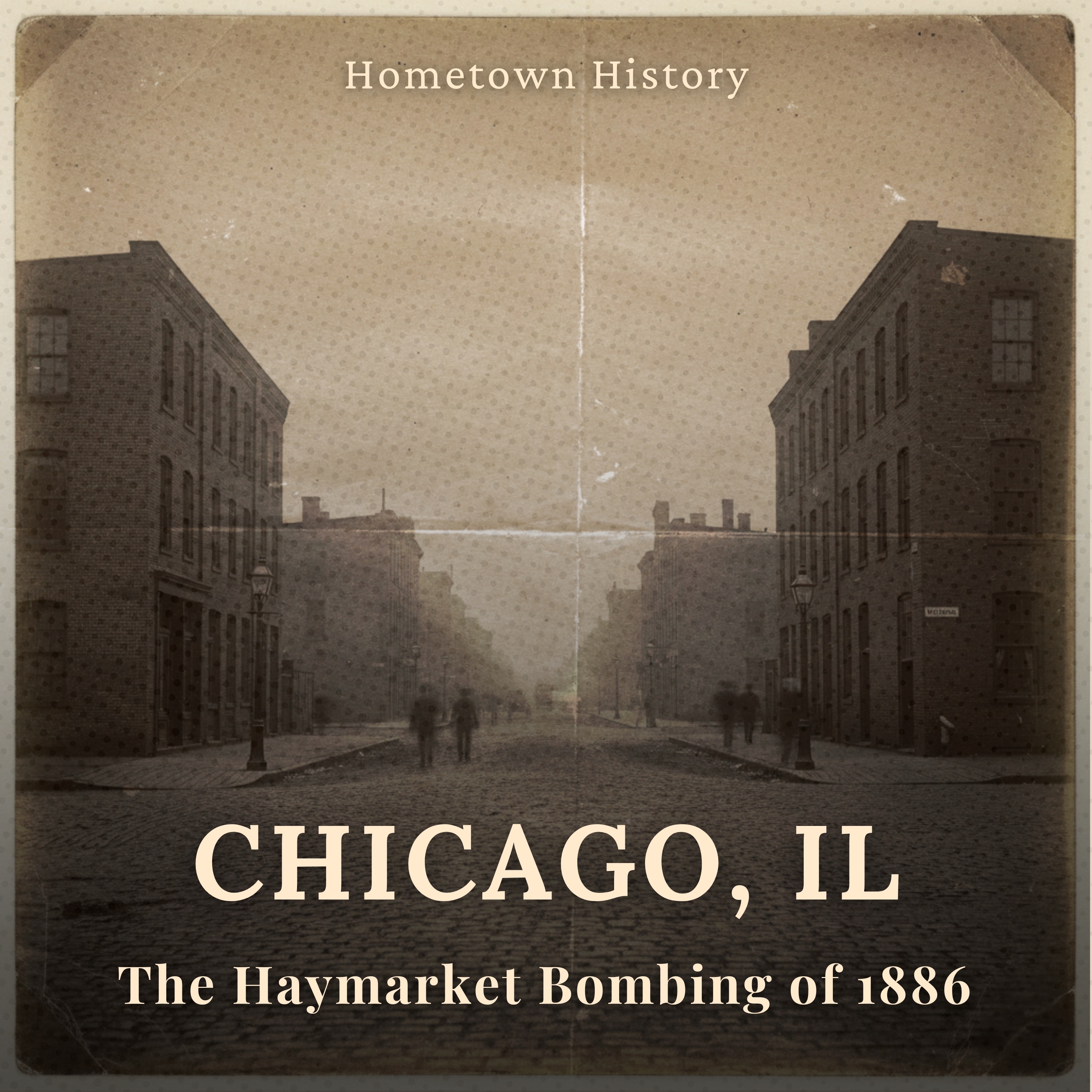

Chicago's Haymarket Affair: The Bloody Birth of May Day
On May 4, 1886, a peaceful labor demonstration in Chicago's Haymarket Square erupted into violence when an unknown person threw a bomb into the police line. Seven officers died, dozens of workers were injured, and eight men were condemned in a trial that historians now recognize as deeply flawed. What began as a push for the eight-hour workday transformed into an international symbol of workers' rights and radical politics. While Americans celebrate May 1st with flowers and springtime festivals, most of the world commemorates the Haymarket martyrs and the ongoing struggle for labor dignity. This is the forgotten American origin of International Workers' Day—a story of violence, injustice, and the power of ordinary people demanding fair treatment.Discover why May Day means something very different outside America's borders. New episodes every Tuesday.The Haymarket Affair and May Day's OriginsMay Day celebrations around the world honor the memory of workers killed during the 1886 Haymarket Affair in Chicago—an event that transformed labor history forever. This episode explores how a peaceful demonstration for the eight-hour workday ended in violence, controversy, and the execution of men whose guilt remains disputed.KEY LOCATIONSHaymarket Square (Randolph Street and Desplaines Street, Chicago) - Site of the May 4, 1886 bombing and riotMcCormick Reaper Works - Scene of earlier labor conflict on May 3, 1886Des Plaines Street - Where the Haymarket memorial statue stands todayWaldheim Cemetery (Forest Park, Illinois) - Burial site of the Haymarket martyrsTIMELINE OF EVENTSMay 1, 1886Nationwide general strike begins for eight-hour workday350,000 workers across America walk off their jobs40,000 workers demonstrate in ChicagoMay 3, 1886Police kill at least two striking workers at McCormick Reaper WorksAugust Spies witnesses the violence, writes inflammatory handbillMay 4, 1886Evening rally at Haymarket Square draws 3,000 peopleCrowd dwindles to 300 as speakers finishPolice advance to disperse remaining crowdUnknown person throws bomb into police lineSeven police officers ultimately die from bomb and gunfireAt least four civilians killed in chaosMay-June 1886Eight anarchists arrested and charged with murderTrial becomes international sensationNovember 11, 1887Four men hanged: August Spies, Albert Parsons, Adolph Fischer, George EngelLouis Lingg commits suicide in jail day before executionJune 26, 1893Illinois Governor John Peter Altgeld pardons three surviving defendantsDeclares trial fundamentally unfair1889Second International (socialist organization) designates May 1st as International Workers' DayHoliday spreads across Europe, Asia, Latin America, AfricaKEY FIGURESAugust Spies - German immigrant, newspaper editor, executed despite no evidence linking him to bombingAlbert Parsons - American-born anarchist, voluntarily surrendered for trial, executedLouis Lingg - Youngest defendant, suicide by dynamite cap day before executionAdolph Fischer & George Engel - Executed alongside Spies and ParsonsSamuel Fielden, Oscar Neebe, Michael Schwab - Imprisoned, later pardoned by Gov. AltgeldGovernor John Peter Altgeld - Courageously pardoned survivors i
Episode Details
About This Episode
On May 4, 1886, a peaceful labor demonstration in Chicago's Haymarket Square erupted into violence when an unknown person threw a bomb into the police line. Seven officers died, dozens of workers were injured, and eight men were condemned in a trial that historians now recognize as deeply flawed. What began as a push for the eight-hour workday transformed into an international symbol of workers' rights and radical politics. While Americans celebrate May 1st with flowers and springtime festivals,...